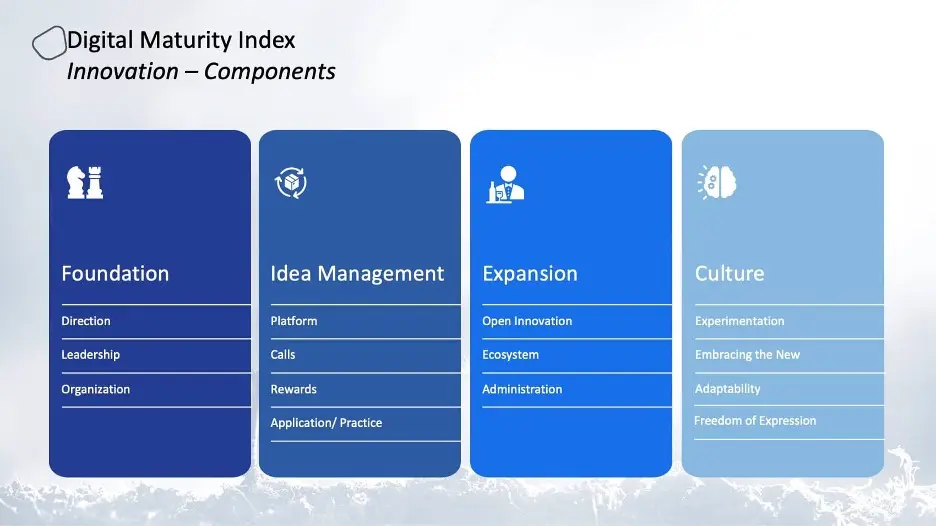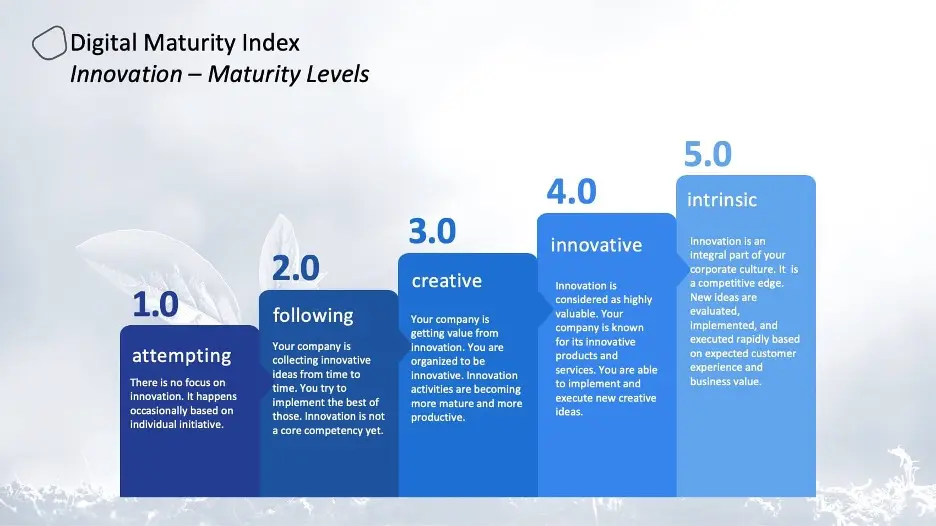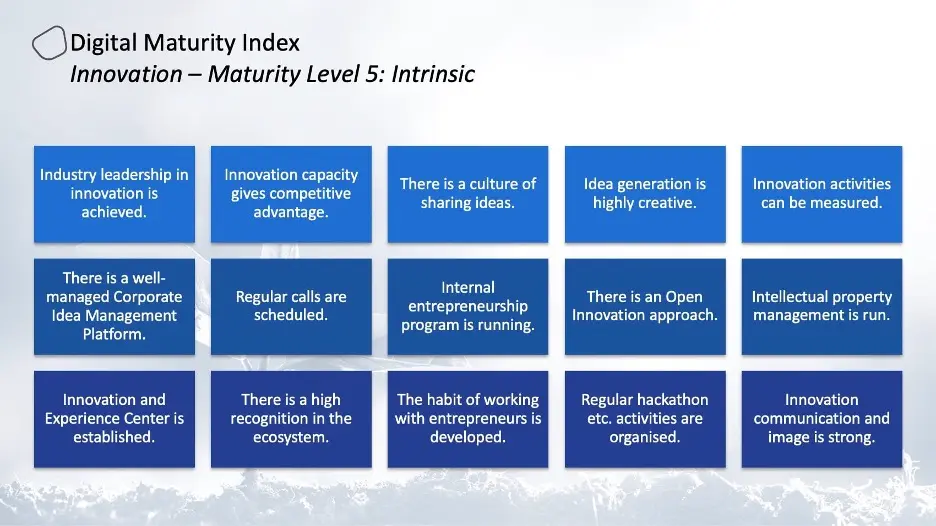
Innovation is the driving force of progress. The agricultural, scientific and industrial revolutions of the past have led to discoveries of distant places; globalisation and the modern ages have now all contributed to the birth of the current information revolution. Mankind has always been curious, inventive, productive, and will continue to thrive through innovation.
Innovation has become a buzzword in recent decades. But the importance of digital innovation has never had as big of a pay off as in recent years. Look at all the innovative “unicorn companies” out there from the West, to the East. In just a few years, these companies have skyrocketed from inception to market leadership; now valued in billions.
How is this possible? Through “right idea, right time” execution, the following of passionate leadership, solid funding, rapid execution of agile development, and powerful scaling; innovation is born. In its short lifetime, for example, Tesla’s valuation has become much higher than the incumbent car makers. Similarly, Alipay’s valuation is performing well against the incumbent banks. And the last, but certainly not the final example, is Tiktok’s valuation; also much higher than the incumbent TV stations. See a pattern? So do we. No intelligent business leader can deny the power of these new players. The world is changing toward digital.
As inventor and Venture Capitalist Marc Andreessen put it, “Software is eating the world.” It is knocking on your door as well. You must be prepared. This is not a threat, but a tried and true fact: digital transformation is the only way out. With true transformative digital innovation comes with new business models, new materials, new ecosystems, and genuinely new ways of providing value to your customers. Are you ready? Let’s get started.

To achieve “Innovation Excellence” an organisation must succeed in many components. We have structured them into four main groups: The Foundation, The Idea Management, The Expansion, and The Culture. All of them are equally important, all of them are tightly integrated, and all of them must improve and mature simultaneously.
The Foundation group is about strategic capabilities. The direction of the “innovation excellence program”as a whole plays a key role in this group, while having the appropriate leadership in place with the necessary skills and organisation to foster a culture of curiosity through experimentation. Establishing all of the above through strong governance will ensure success within this group.
The Idea Management group is all about the processes and execution of innovation activities. The better organised you are, the higher your digital maturity will be. Having the right tools in place, running a defined programme, and being familiar with the execution of new ideas are essential capabilities.
The Expansion group is tapping into ideas outside of a company’s boundaries. The notion of “open innovation” is covered in this component. Establishing and fostering the ecosystems of start-ups, academics, and related institutions is usually very valuable. To be able to do so, the company must have relevant credibility and suitable recognition within the marketplace. A centre, within or outside the company, could serve the purpose of hosting creative people and blending teams.
The Culture group is probably the most important component. We look for experimentation, openness, embracing change, curiosity, courage and a healthy appetite for risk. These attributes are usually demonstrated by innovative companies. In this group, we evaluate whether or not an organisation has these attributes.
The accumulation of all the above comprises an integral part of the digital capabilities an organisation must have to achieve digital maturity: the “innovation” dimension.

Our Digital Maturity Index measures on a scale from 1.0 to 5.0. The first maturity level represents very basic innovation, so we have labelled it “attempting”. The highest level, which we have called “intrinsic”, describes a state-of-the-art innovation capability both inside and outside the organisation, a culture that supports curiosity and ingenuity, a structured programme, true innovation leadership, and strong governance in decision-making and execution.
The studies we have conducted in the recent past show that the “innovation” dimension truly makes a difference. Laggards usually have a substantially poor innovation function, and digital champions have heavily invested in and strengthened their innovation capabilities. New channels, new products, new services, and new business models all require innovation.
The most important aspects of successful innovation are placing quality leadership, appointing highly passionate individuals, establishing a strong mechanism of generation, selection, and execution of new ideas, finding the relevant resources, especially off-budget funding, and – of course – a culture supporting curiosity, creativity, openness, and embracing the new. Very easy to prescribe, very difficult to achieve.
Technology is not just about new ideas or fancy awards. True maturity requires a lot of strategic thinking; through empathizing with ecosystems, understanding the priorities of leadership, and motivating related people inside and outside the company, a culture of experimentation and openness can be well-fostered. Once achieved, you’re sure to enjoy the outcomes.
Brief descriptions of each level can be found in the graphic below:

We have come across many companies.
At one bank in particular, we witnessed a very strong capability for innovation. The CEO lead all innovation activities by himself. They had once started as a small team, running small experiments. Within 3-4 years, that team turned into a dedicated company, running several projects in parallel. The company closely competes with incumbent banks, calling themselves “FinTech Ventures.”
The bank also has a venture capital arm, an innovation centre, an incubation program, investing in and working with at least two dozen start-ups. They have established their own start-ups as well. To name a few, a truly pure-play digital bank, a truly digital payment platform, and an API platform.
The critical components of their success lay within the leadership of the CEO; allowing experimentation, being able to establish a separate entity for these experiments, attracting the right talent into the organisation, and providing the required funding have all been initiatives single-handedly conducted by the head.
These experiments had slowly started paying back. The leadership remained patient and confident that the direction was right, the strategy was solid, and the bets made are thought through wisely. In a few years’ time, we will see “the proof in the pudding.” We will definitely return to measure them again to witness and celebrate their inevitable progress.

Based on all our experiences and the best practices we have examined, we have described here the most advanced level; the most intrinsic digital maturity in the innovation dimension that one can imagine, as of today.
Imagine a company, which questions the status-quo and tries to disrupt itself permanently. Imagine a team of creative, passionate, and talented people focused on deliberate execution. Imagine a platform which provides tools, templates, processes, communication and collaboration for internal and external stakeholders participating in innovation projects. Imagine a truly agile company, open to novelty and encouraging experimentation.
Imagine a company that is able to generate compelling ideas, select the most promising ones, fund the pilot projects to allow the execution of those projects, and scale those projects into profitable companies. It’s not about winning awards, but about generating stakeholder value-added.
Imagine a company which is adding new, truly digital revenue to their balance sheet every year. These additional revenues come through digital channels, are generated through digital capabilities, such as open API’s. Finally, imagine a company being able to convert their data into value; not just through intelligence capabilities, but through data monetisation.
Definitely sounds great, right? Absolutely. This model is possible for you.
Let’s work together. Start by measuring where you are.
Check out the rest of the articles in our Digital Maturity Explained series and learn more about all the dimensions of Digitopia’s Digital Maturity Index.
Digital Maturity Explained: All About Business Performance
Digital Maturity Explained: Governance, Reimagined
Digital Maturity Explained: Operations, Rebooted
Digital Maturity Explained: Technology, Reset
Digital Maturity Explained: Innovation, Reignited

